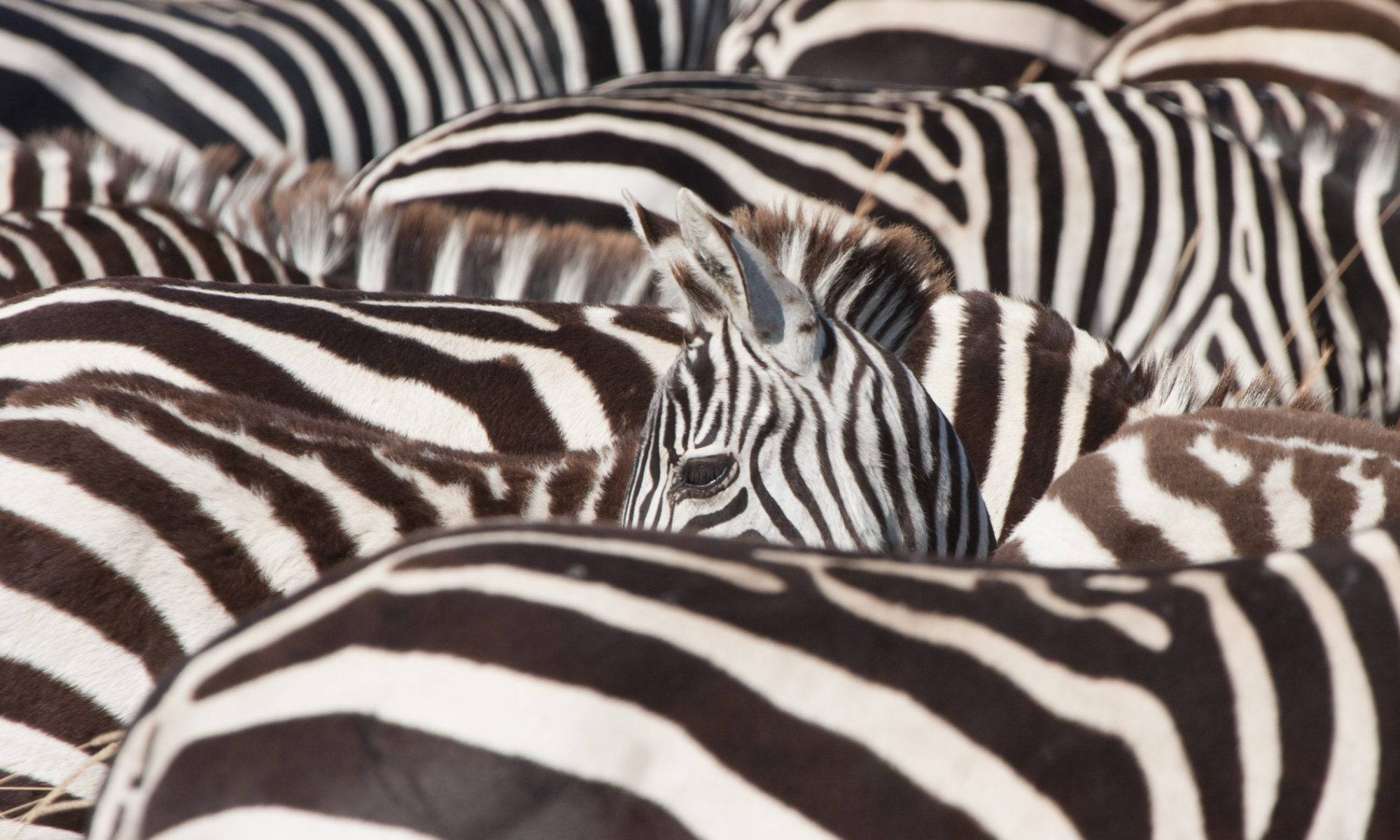From Seaford to Selsey the seascape has had a new feature for the last few years, in the form of the Rampion wind farm. It dominates the view offshore from Shoreham and Worthing and has dominated the view north of our house as well, as the cable connecting it to the national grid runs behind us.
Yesterday, after a 10 mile walk up to Cissbury Ring, with good views of Rampion 8 miles offshore, we went over to Brighton and took a boat trip to see the turbines close up. At 80 m tall to the hub, and 140 m to the blade tip, they’re an impressive sight.





























































